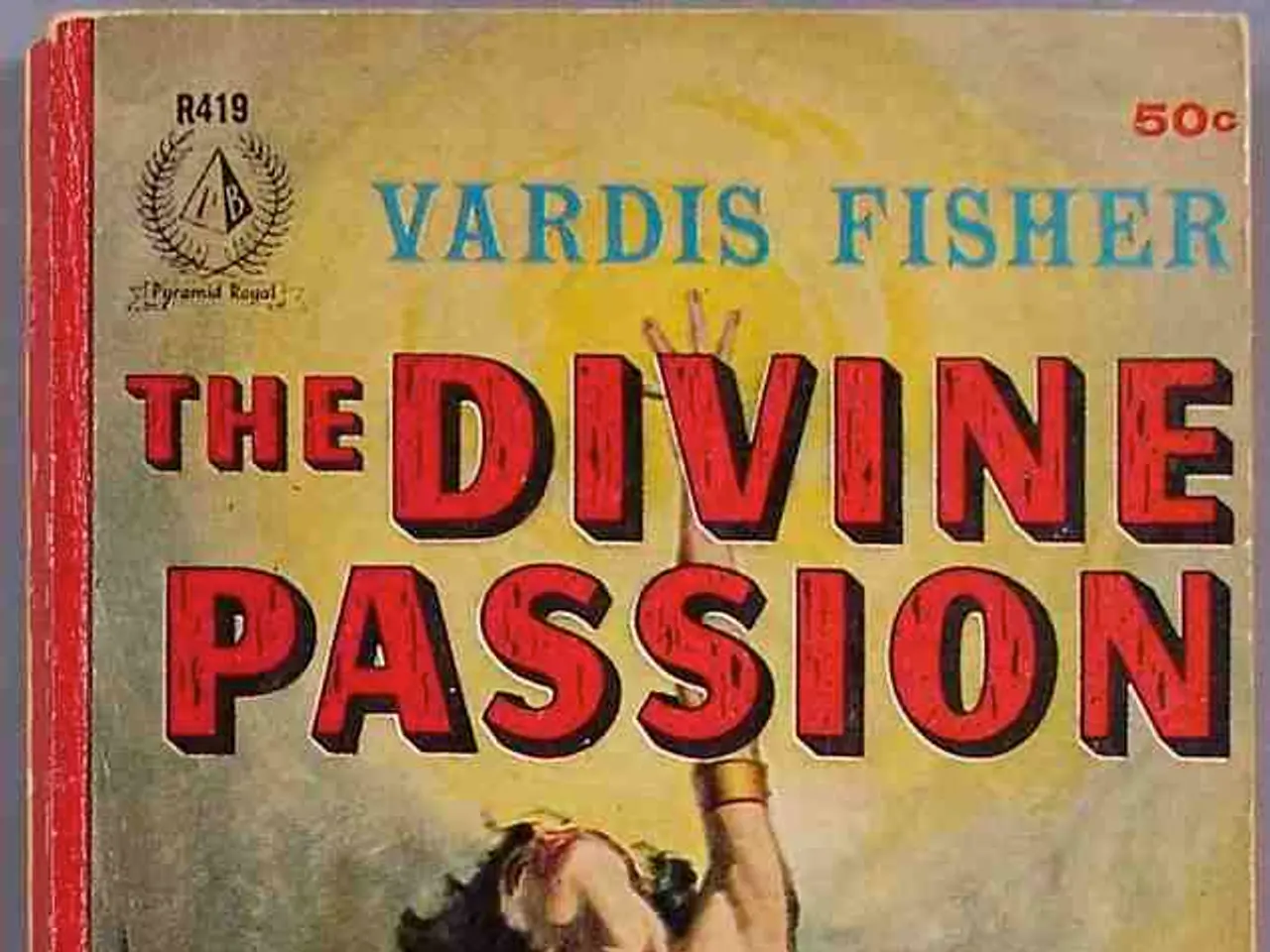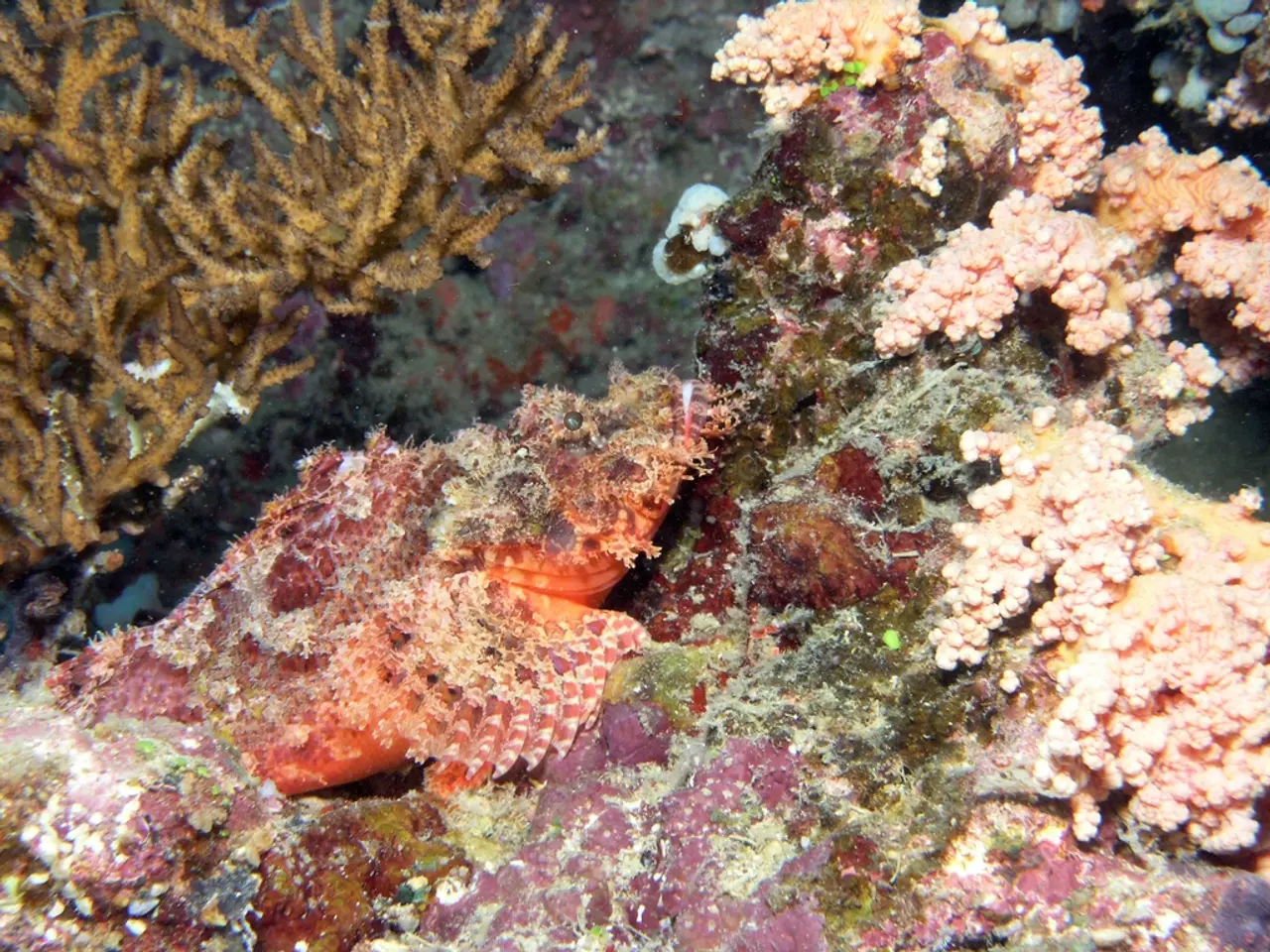Exploration of the Neurobiology Behind Romantic Bonding: A Look at Love's Development from Desire to Devotion
Romantic love, a complex and profound emotion, has long been a subject of fascination for scientists and laypeople alike. Recent research has shed light on the brain systems and neurochemicals that drive this emotional rollercoaster, revealing the intricate dance of hormones and neurotransmitters that govern our hearts.
In the first stage of romantic love, known as lust, the sex hormones testosterone and estrogen take centre stage. These hormones, primarily responsible for sexual desire and urges, stimulate the hypothalamus and related brain areas that regulate sexual behavior, preparing individuals for mating.
The second stage, attraction, or the "lovestruck" phase, activates the brain’s dopaminergic reward system. This system, which includes the ventral tegmental area (VTA) and the nucleus accumbens (NAc), regions strongly associated with reinforcement, motivation, and pleasure, is triggered into action. The release of dopamine in these areas causes feelings of excitement, euphoria, and an intense craving for the beloved, contributing to an obsessive focus on the partner, much like addiction. Other neurochemicals, such as reduced serotonin, may amplify these obsessive thoughts.
The third and final stage, attachment, is characterised by the key neuropeptides oxytocin and vasopressin. These chemicals forge long-term emotional bonds and attachment to a partner. Oxytocin, often released during physical intimacy and social bonding, facilitates trust, calmness, and a preference for the partner. These chemicals influence brain areas related to pair bonding, promoting relationship stability and caregiving behaviours.
In summary, lust involves sex hormones encouraging sexual drive, attraction triggers dopamine pathways producing intense desire and reward sensations, and attachment relies on oxytocin and vasopressin to establish long-term bonding and trust. These neurochemical changes orchestrate the emotional and motivational landscape of romantic love through its stages, shaping behaviour from initial desire to lasting commitment.
This model aligns with neuroscientific research showing that romantic love shares brain mechanisms with motivation and addiction but also uniquely engages attachment systems over time. Oxytocin, often referred to as the "love hormone," is pivotal concerning early parent-infant bonding. Romantic love progresses through three stages: lust, attraction, and attachment, as stated by Dr. Helen Fisher.
During the early stage of love, your brain enters a state that drives emotions and activates the reward circuit in the brain. Attraction is linked to lust but is distinct because it involves chemicals that control "reward" behaviours. Animal studies have shown that injecting oxytocin and vasopressin promotes pair bonding.
Each stage involves a complex interaction of brain chemicals. Women are more sensitive to oxytocin than men, who are more sensitive to vasopressin. During the attachment phase, when vasopressin levels increase, this initiates monogamy, bonding, and a desire to protect partners.
Even though serotonin levels decrease during the attraction phase, sex can cause levels to increase once again. Long-term love is linked to oxytocin, the bonding chemical, and vasopressin, which promotes pair bonding.
In conclusion, the neurochemical dance of romantic love is a complex interplay of hormones and neurotransmitters that guide us from initial attraction to deep, enduring attachment. Understanding this dance not only deepens our appreciation for the mystery of love but also offers insights into the human condition, providing a unique window into our evolutionary past and future.
In light of the intricate neurochemical processes involved, romantic love can be associated with health-and-wellness, as it involves the release of hormones like oxytocin and dopamine that contribute to feelings of pleasure and mutual bonding. Moreover, mental-health implications can also be drawn from the obsessive thoughts provoked during the 'attraction' stage, as reduced serotonin levels amplify these thoughts, potentially connecting romantic love to relationships and overall lifestyle.




